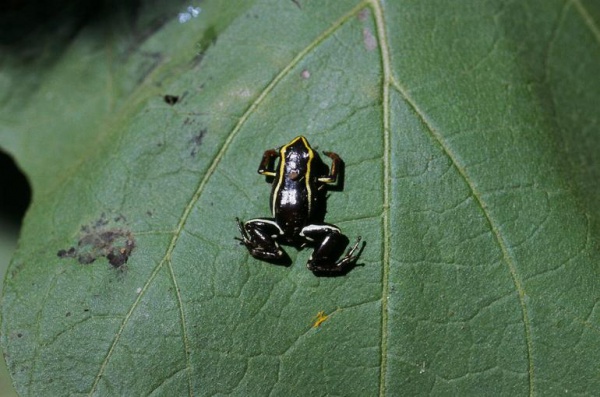Facts About Monte Iberia eleuth
The Monte Iberia eleuth, or Monte Iberia dwarf frog, is a critically endangered species found exclusively in a small region of eastern Cuba. Renowned for being the smallest frog in the Northern Hemisphere and one of the tiniest globally, it measures a mere 10 mm from snout to vent. The species was discovered in 1993 on Mount Iberia in Holguín Province and remains quite enigmatic.
The Monte Iberia eleuth belongs to a closely related group of Cuban frogs, which includes five known species and potentially one yet to be described. These frogs are distinguished by their small size and bright coloration, with some members possibly being toxic.
Cuban scientist Alberto R. Estrada and S. Blair Hedges from Pennsylvania State University first identified the species during a 1993 expedition. They discovered these frogs in a secondary hardwood forest on the western slope of Mount Iberia. Its minuscule size and unique characteristics make the Monte Iberia eleuth particularly noteworthy, although information about its reproductive habits remains limited.
This frog's habitat is confined to two isolated populations in Holguín Province, found below 600 meters above sea level in dense rainforests that necessitate high humidity. Its diet consists of various invertebrates, including insects, moths, and spiders. Unfortunately, human activities are threatening its habitat, particularly the smaller population near Nibujón.
The discovery and ongoing research of the Monte Iberia eleuth underscore the rich biodiversity of Cuban amphibians and emphasize the urgent need for conservation efforts to protect this unique and endangered species.
